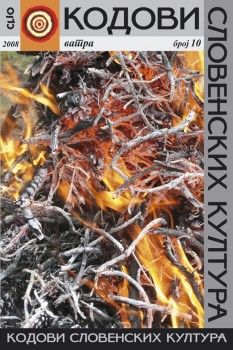
We kindly inform you that, as long as the subject affiliation of our 300.000+ articles is in progress, you might get unsufficient or no results on your third level or second level search. In this case, please broaden your search criteria.



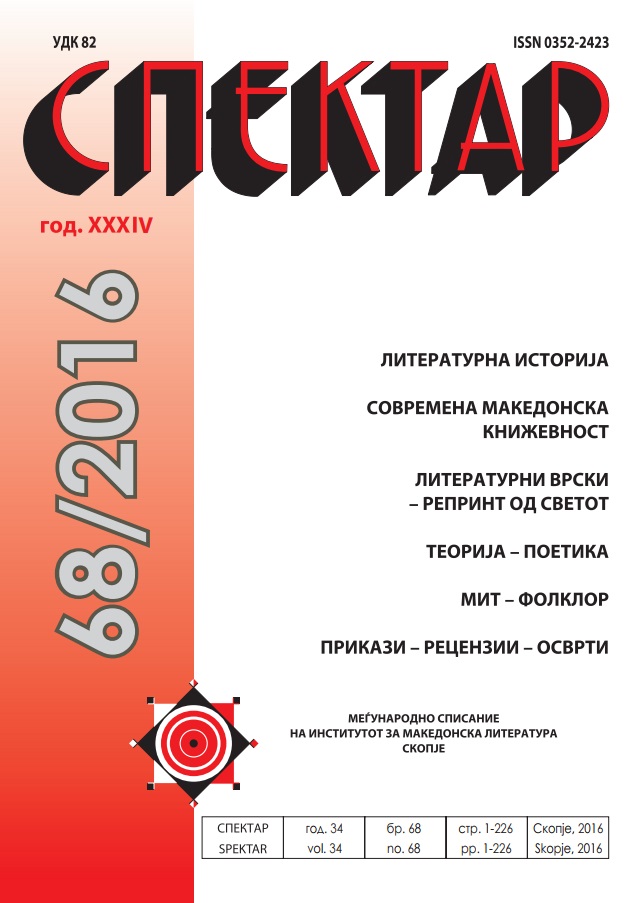
Rusalian ritual processions are a regional feature of southeast Macedonia. The performances of Rusalian dances with their specific characteristics attract the attention of folklore researchers for they represent the most interesting syncretic form. In the richness of form and figures of speech, folklorists find a constant provocation from researching the rituals related to these dances. With their complex organization, the series of taboos which follow them, the specific clothing, the way of movement and dancing, all leave room for various scientific interpretations. The goal of said research is to determine the characteristic elements of the Rusalian dances and the relations with similar dances that widely appear all over the Macedonia.
More...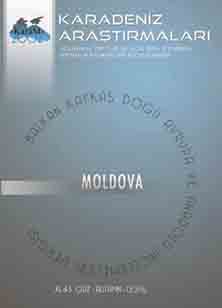
In Turkish culture "fire" and "hearth" has become a cult as a result formed around the various beliefs and practices. It is believed to be familiar spirit of fire and hearth and called “familiar spirit of fire and hearth” to this spirit in general. Because familiar spirit of fire and hearth is believed to be alive, it has been treated like a creature is treated this familiar spirit, insomuch that it was loaded with some human characteristics to this familiar spirit. But, it is called “ot ana” to the familiar spirit in the Turkish world in general and this familiar spirit is illustrated like a woman. In addition to these features, the familiar spirit of fire and hearth in the Turkish culture situated in a divine and in-between position. Some rules and taboos has been formed around the fire and hearth on account of this. In the article, the familiar spirit of fire and hearth will be evaluated in terms of antropomorphic aspect, female appearance, formed around the rules and taboos and its relationship with the harmful spirit.
More...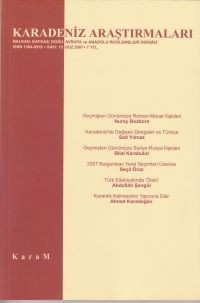
Epic takes a special place in world culture when it comes to learning and understanding history, philosophy, and aesthetics of any nation. By the themes that are common to the whole Turkic world, the heroic epic "Idegei" depicts social, cultural, and religious life of Tatars. This epic reflects all the dreams, hopes, traditions, customs, and government system of Tatars and of many other Turkic peoples that had all lived in one state- Golden Horde- for three centuries. Important transitional periods in a person's life such as "birth", "marriage", and "death" are pictured brightly in this epic. They are crucial in understanding human values of the main characters of?"Idegei". In conclusion, it is worth mentioning, that the traditions and customs gathered in the epic are common for many Turkic peoples. It is another proof that the great Turkic world has been historically united.
More...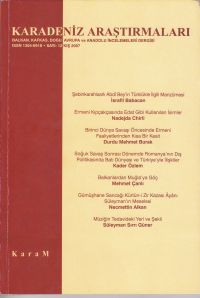
In this study, research techniques of music, one of the forms of behaviour and symbols which reveal our culture that consumes our society, will be dealt with. Music isn't not only a voice system, but also a combination of behaviour which is formed by an ethnologic structure. As long as the principles and expectation of that culture isn't fully understood, it will never be understood why the composer uses this kind of composing technique. Every research technique has an inner-dynamic and priciples which are suitable for the aim. The datum which will make the relationship between societ-culture and music clear is only reached by the principles of music ethnography.
More...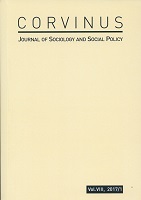
DIGITAL ETHNOGRAPHY: PRINCIPLES AND PRACTICE BY SARAH PINK, HEATHER HORST, JOHN POSTILL, LARISSA HJORTH, TANIA LEWIS, JO TACCHI (1ST EDITION. LONDON, SAGE, 2016)
More...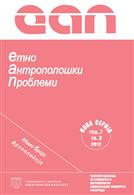
As in many others, in Serbian folk tradition a lot of attention is given to dreams which foretell death through the means of certain images and symbols, which should first be decoded in order to understand the prophesy. The principles of folk interpretation are rooted in ancient forms of mythical and magical thinking (the principles of similarity, closeness, sameness, opposition, mythological symbolism etc.) which is present to different degrees in folk culture (myths, religion, beliefs, rituals, customs). In this kind of worldview, the opposition between life and death is considered especially important, as evident from the rich symbolism of foretelling death in dreams. The analysis of the interpretation of dreams among The Serbs reveals a number of ill omens which occur in dreams, symbolizing death: the color black, the Moon, a deciesed person, fire, falling, buildings being torn down, pulling teeth, weddings, priests, graves, candles etc. These symbols are present in the beliefs, myths and fairy tales of many peoples, where they are also connected to death, the netherworld and chthonic beings, which suggessts that these are largely universal, archetypical images. Stories about prophetic dreams which foretell death are a genre of folklore which has not been sufficiently studied in our society, and these kind of studies can be an important topic, as well as a means to unearth the ancient folk worldview and the mythical logic on which it is based.
More...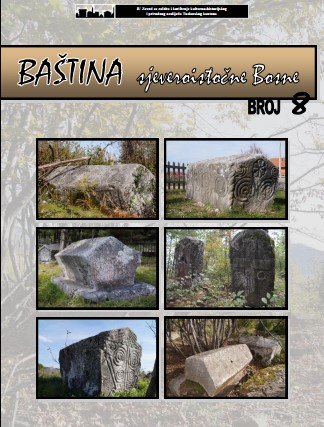
Scientific work is based on analyzing the genetic heterogeneity of the Roma population from the territory of the Tuzla region based on classical genetic markers. We analyzed the genetic heterogeneity of the Roma population according to the parameters of qualitative variations. The studied parameters were evaluated genetic heterogeneity relative frequency of recessive alleles for static morphological (shape o fear lobes, chin form, hairiness medium digital phalanges, nail shape, bending the distal phalanx of the little finger, the digital index) and dynamic morphological characteristic (bending of the tongue, extensiveness of proximal joint of the thumb, the extensiveness the distal joint of the thumb, the way crossing your arms, the way clapping). Result of t-test showed no significant difference in appearance of the recessive homo zygotes for the observed parameters of the qualitative variations in sub samples of boys an girls of the Roma population. According to these parameters estimates inter-sexed configuration heterogeneity Roma population is a relatively genetically homogeneous populations.
More...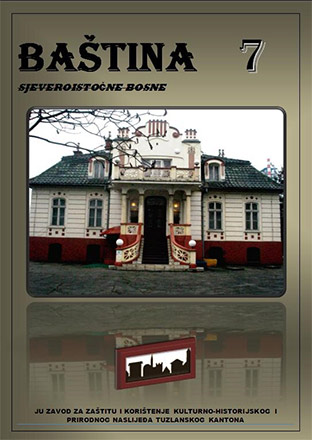
Porodica kao osnovna i najmanja društvena zajednica može se definirati sa sociološkog, filozofskog, psihološkog, socijalnog, ekonomskog i pravnog aspekta. Postoji čitavo bogatstvo značenja i shvatanja porodice od samog postanka ljudi do najnovijeg vremena. Uloga porodice mijenjala se tokom određenih perioda, ali je uvijek bila mjesto odakle je počinjao, razvijao se i završavao biološki i društveni život čovjeka. Porodica je životna zajednica roditelja, djece i drugih krvnih srodnika te drugih osoba ako žive u zajedničkom domaćinstvu.
More...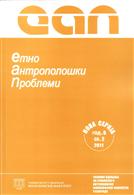
The joke is a form of humor that has not received as much attention by Serbian folkloristics and anthropology as it deserves. A possible reason for this is that the joke is so thoroughly incorporated into everyday communication that it tends to be overlooked. Furthermore, the joke as a form of humor has not even been adequately recognized, witness the lack of an adequate definition and the fact that it is frequently confused with similar forms of folklore, such as the (vic). This paper examines the form, use and meaning of the joke in Serbian society today, and then proceeds to offer a distinct definition of the joke, at the same time specifying the distinctions between the joke and similar forms of humor. Finally, it addresses the question of the place that the joke should be assigned in folklore material, and also its significance in anthropological and folkloristic research.
More...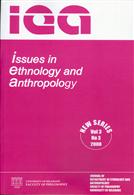
This paper aims to offer a brief introduction to anthropological studies of modernity and the state. I try to introduce some of the most important theoretical works in this field, built up in different ethnographic contexts ranging from Turkey to Latin America. I was trying to show some of the possibilities of the research of modernity and the state in anthropology emphasizing what anthropology can offer to wider debates on these topics. I argue that the ideas of modernity and the state are far more ambivalent then it sometimes may seem in European political theory and that anthropology can offer an insight into alternative forms of modernity and the state and into wider debates on these topics.
More...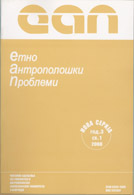
We explore Bennet’s suggestion that an entire sub-disciplinary tradition within applied anthropology, namely the action anthropology, was built on specific methodological algorythm, "means-as ends", derived from pragmatic logic of discovery and adapted to ethnographic research. Following the founder of the interdisciplinary reflective methodology John Dewey and his unifying logic of scientific discovery, social criticism and pedagogic-activist oriented research, Sol Tax intended to establish the tradition of action anthropology, which saw both its peak and ending in the illustrious The Fox Project. Our aim, apart from the critical recapitulation of the methodology used in the Fox Project, logical-methodological analysis of Dewey’s logic of discovery applied to anthropology, and the reinterpretation of the general point of this episode from disciplinary history, is to analyze the implications of this research option for future anthropologic research.
More...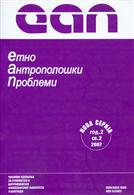
Urban legends are friend-of-a-friend stories (FOAFS) that are told to describe strange, but supposedly real events, when in fact they are fictional through word of mouth invention or distortion. There is usually a true element to the legend, but it becomes fictional as it is passed from one person to the next. Core elements in most urban legends remain similar, but the details of the story can differ from one milieu to the next. In the following paper focus is brought upon the naming, and subsequent debates that emerged in this, par excellence folklore genre.
More...
Odabranu temu PEN-a Balkan u očima spisateljica smatram interesantnom i važnom kao i odabrani nivo učesnica. To je i prilika za direktno međusobno upoznavanje, mogućnost otklanjanja makar predrasuda i uspostavljanja dugoročnijih staza baziranim na stvarnom kvalitetu i individua, na čemu se moraju temeljiti svaka zdrava demokratska društva.
More...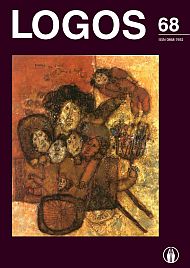
Drawing on ethnographic and comparative sources, this article investigates the underdeveloped concepts of power and luck in the anthropology of circumpolar societies. It shows that the vernacular notion of Siberian mastery can be described as relational forms of power intrinsic to interactions among humans, animals and spirits associated with different places, material objects and experiences of luck. Hence, the article suggests that hunters and reindeer herders of Zabaikal‘e engage in complex relations of cooperation with other persons aiming to gain luck and maintain well-being, while at the same time relying on aggression to achieve hunting and herding success. This research is critical of statements found in countless circumpolar ethnographies that non-human beings give themselves to hunters and herders as long as they are treated with respect. Rather it will be suggested that these power interactions with other beings are rather based on complex relations as well as experiences infused with anxiety, ambiguity and doubt.
More...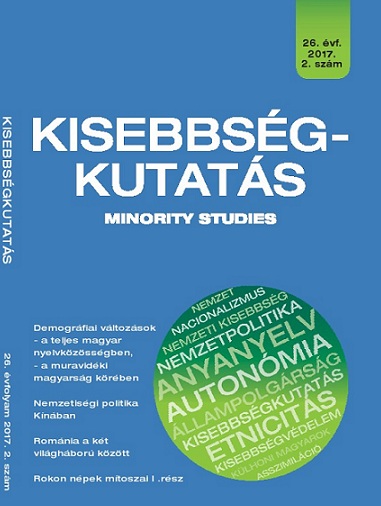
Based on the key data and frameworks available, this study attempts to present the evolution of the headcount and the demographic and ethnic composition of the population belonging to the Hungarian linguistic community. It tries to shed light on who can or should be considered as belonging to a given linguistic community and what one should mean by the narrower and broader environment of such a community. After sharing his thoughts on the birth of the Hungarian linguistic community, the author makes a clear distinction between the Hungarian demographic trends of the periods before and after World War I. He identifies their most important components as follows: while in the first period the assimilation of non-Hungarians living in the country’s territory as well as the “gain” due to international migration contributed to the growth of the population and the restructuring of its ethnic composition, the second period, especially the recent decades, has been characterised by the concentration of the Hungarians in the present-day territory of the country, which – in both the short and the long term – will result in the further degradation of the proportion and culture of the Hungarians living in the Carpathian Basin.
More...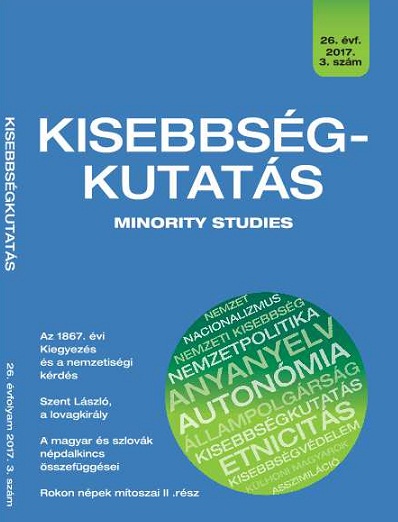
Bartók’s research on Slovak folk music and its relationship with Hungarian folk music is accessible today. The present article aims to provide an overview of Kodály’s work, findings, views and some of questions he posed regarding these topics. The majority of the relevant data can be found in the Kodály Archives in the form of manuscripts, but the processing work is yet to be completed. Along with a few academic statements, several relevant comments are included in Kodály’s handwritten notes, which were subsequently published by Lajos Vargyas.
More...
In the article the author explains the notions «documental heritage» and «unique documental heritage»as its part in the context of a term system «culture», «cultural heritage» and «cultural values», as well as their commonness and discrepancy, which is important in the practical activity of archives, libraries and museums. These terms are used in different areas of humanitarian knowledge and professional activity of archives, libraries and museums. The article also covers the meanings of these terms, which are in use in the International law and Ukrainian legislation. It is stated that they are not mono semantic, as they require further specification in such fields of science as Documental Studies, Archival Studies, Book Studies, and during the composition of the State Register of National Cultural Heritage.
More...